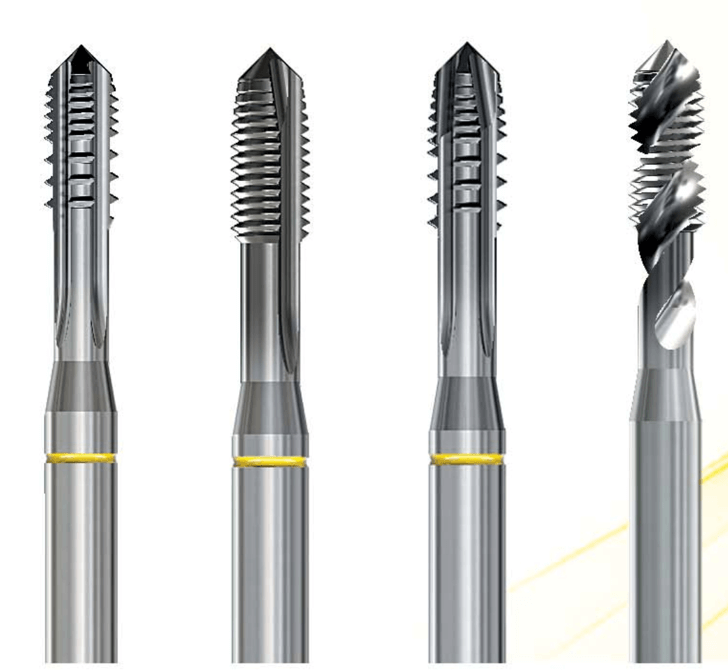
In the
intricate world of metalworking, the ability to create precise threads is often
the difference between success and failure. Tapping machines, with their
specialized capabilities, play a pivotal role in achieving this precision. This
article provides an in-depth exploration of various tapping machines, their
applications, and the nuances of tapping machining.
A tapping
machine is a specialized tool designed to create internal threads, or taps, in
a workpiece. Unlike traditional methods that rely on manual labor, tapping
machines automate the process, ensuring consistency, accuracy, and efficiency.
Tapping machining refers to the
process of using a tapping machine to create threads. The procedure involves:
●
Drilling a Hole: Preparing the workpiece by drilling
a hole of the appropriate size and depth.
● Inserting the Tap: Mounting the tap onto the tapping machine.
●
Engaging the Tap: Initiating the tapping process,
wherein the tap rotates and cuts into the workpiece to create the desired
threads.
●
Drilling and Tapping Machine: Combines both drilling and tapping
functionalities, allowing for seamless transitioning between operations.
● Thread Tapping Machine: Specialized for creating threads, these machines ensure
precise thread pitch and depth.
● Hand Tapping Machine: Operated manually, these machines are suitable for smaller tasks and
offer greater control over the tapping process.
● Electric Tapping Machine: Powered by electricity, these machines automate the tapping
process, enhancing speed and consistency.
● Automatic Tapping Machine: Fully automated machines that can perform multiple tapping
operations without manual intervention, ideal for high-volume production.
●
Pneumatic Tapping Machine: Utilizes compressed air to drive the
tapping action, offering rapid tapping speeds and reduced operator fatigue.
●
Consistency: Ensures uniform thread quality
across multiple workpieces.
● Efficiency:
Reduces tapping time, leading to faster production rates.
● Accuracy:
Minimizes errors and inconsistencies associated with manual tapping.
●
Versatility: Accommodates a wide range of
materials and thread sizes, from delicate components to robust structures.
Tapping machines find widespread
applications across various industries:
●
Automotive: Creating threads in engine
components, chassis, and transmission parts.
● Aerospace:
Precision threading in aircraft components, ensuring structural integrity and
performance.
● Construction:
Fabricating threaded rods, bolts, and fasteners for infrastructure projects.
●
Manufacturing: Catering to diverse needs, from
intricate electronic components to heavy machinery parts.
Tapping machines, with their advanced
capabilities and versatility, have revolutionized the realm of threading
operations. Whether you're dealing with a hand tapping machine for intricate
tasks or an automatic tapping machine for high-volume production, the
underlying principle remains the same: precision and efficiency. As industries
continue to evolve, tapping machines will undoubtedly remain a cornerstone in
the quest for perfection in metalworking applications.


Aliquam augue suscipit, luctus neque purus ipsum neque dolor primis libero